Written by Bryan Dearsley
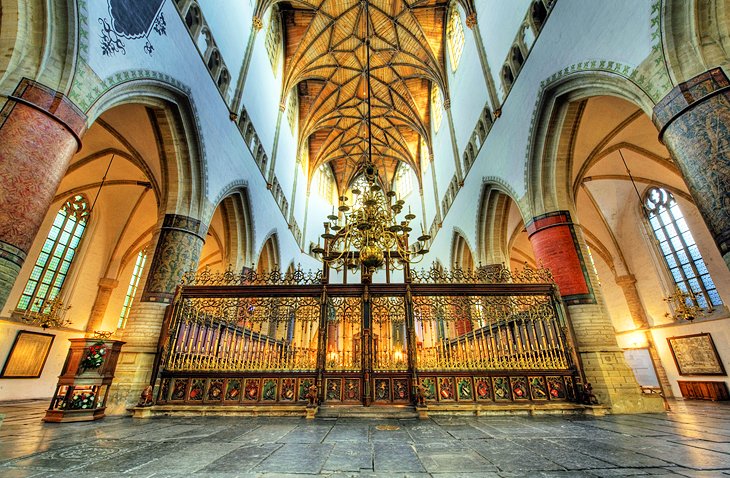
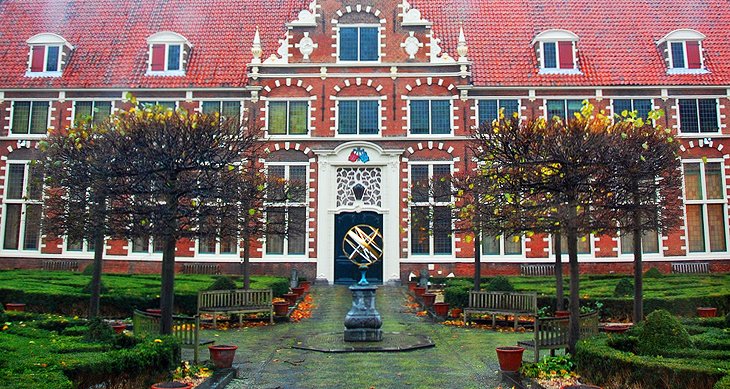
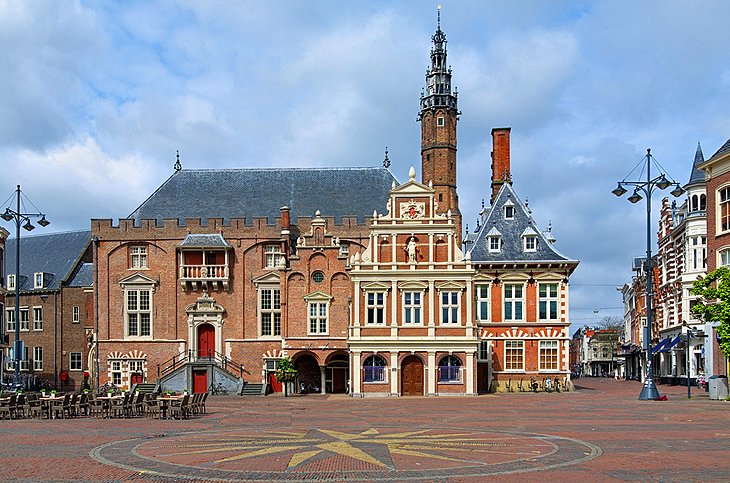
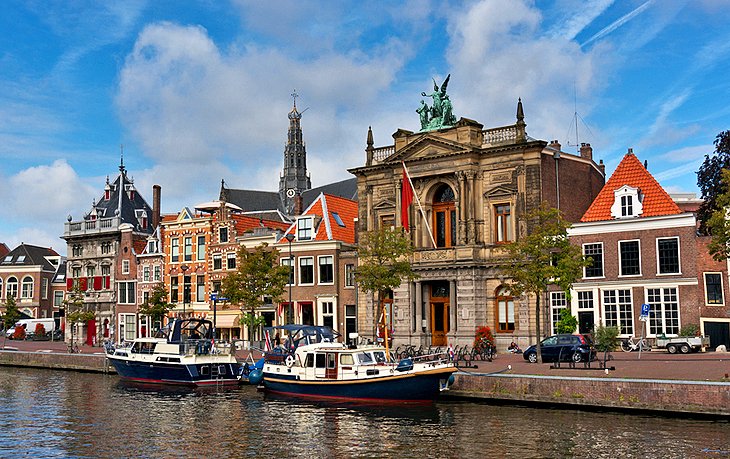
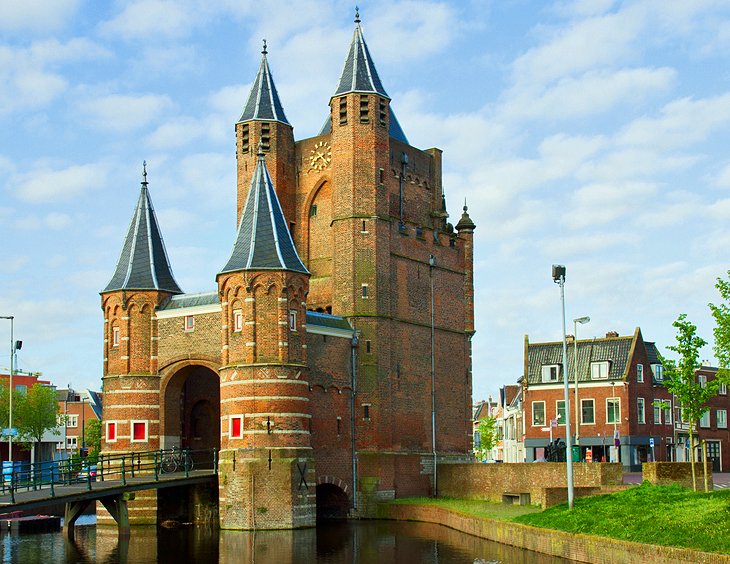
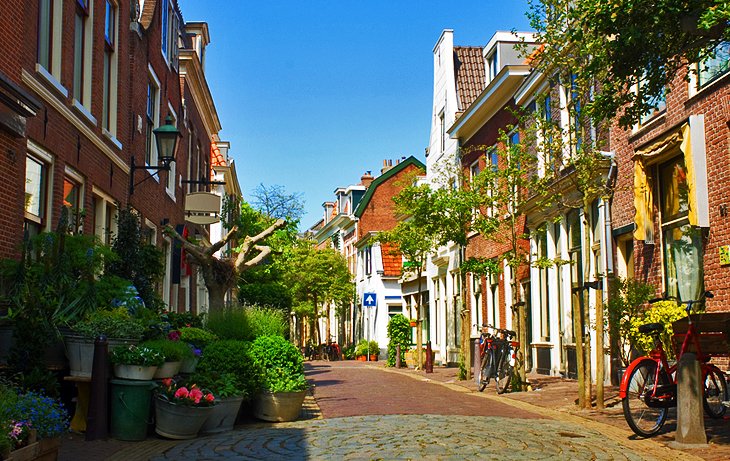
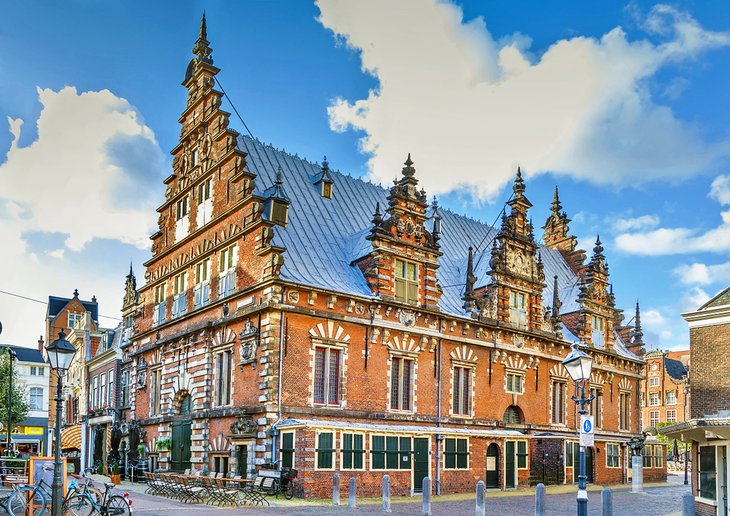
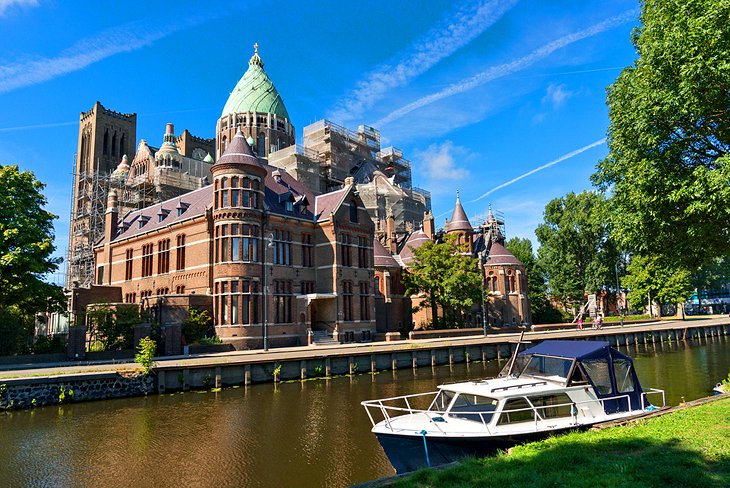
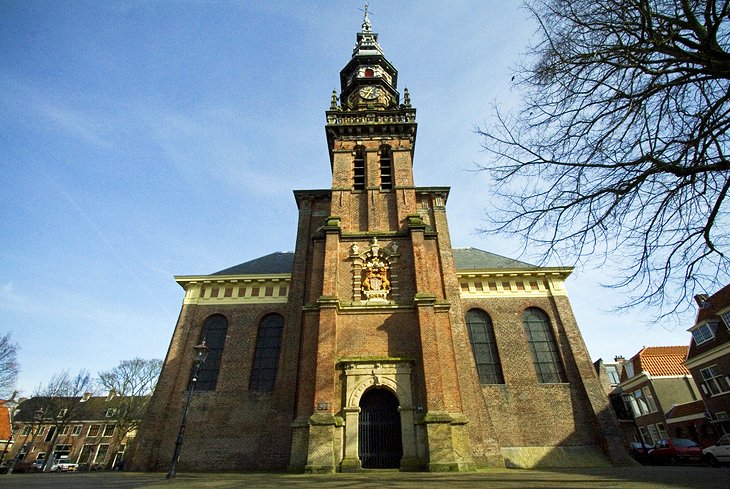
Capital of the province of Noord-Holland, Haarlem lies between Amsterdam
and the North Sea, just seven kilometers from the coast on the little
River Spaarne, the source of the city's nickname, "Spaarnestad." This
typical Dutch town lies on the northern boundary of the Bollenstreek, a
famous bulb-growing region that produces tulips, hyacinths, crocuses,
and daffodils. The city has a long history. From the 11th to the 13th
centuries, Haarlem was the seat of the Counts of Holland, and received
its municipal charter in 1245, making it the second oldest city in the
Dutch heartland. In the 17th century, the city was the scene of great
artistic activity and the residence of many painters, including Frans
Hals, Jacob van Ruisdael, Philips Wouwerman, and Adriaen van Ostade - a
rich cultural heritage that lives on to this day.
1 The Grote Kerk: St.-Bavokerk

The Grote Kerk: St.-Bavokerk
Share:
In the heart of the Grote Markt, Haarlem's main city square, Grote
Kerk (St.-Bavokerk) is undoubtedly the city's most striking building.
Some 140 meters long, this Late Gothic cruciform basilica with its
slender 40-meter tower was started in the 14th century with the erection
of the choir, while the transepts were added in the mid-15th century.
Interior highlights are its rich furnishings dating from before the
Reformation, including the choir and lectern from 1499, the beautifully
carved choir-stalls from 1512, and the brass choir screen from 1509. In
front of the former chapel of the Seamen's Guild hang three models of
Dutch warships, while the piers under the tower and in the choir are
covered with 15th- and 16th-century paintings depicting symbols of the
Apostles, the guilds, and church doctrine. The real star of the
cathedral, however, is its famous Müller Organ, considered one of
the greatest such instruments in the world for its tone and decoration.
Built by Christian Müller in 1738, it boasts three manuals, 68 stops,
and 5,000 pipes, the largest of which is 10 meters long with a diameter
of 40 centimeters. Among those who have played the organ are Handel and
Mozart. For an unforgettable experience, try to coincide your visit with
one of the church's regular organ recitals.
2 The Frans Hals Museum

The Frans Hals Museum
StanTheCaddy
Share:
Established in 1913 in one of Haarlem's most important historic
structures, the 17th-century Old Men's Almshouses (Oude Mannenhuis), the
Frans Hals Museum is one of the leading art galleries in the Netherlands. The museum focuses on the work of the Haarlem Academy,
a group of artists established by Frans Hals in the 1600s. Highlights
include works related to the marksmen's guilds, companies of volunteers
from the city's more prosperous citizens who would join together to form
a civic militia. The collection also includes 17th-century portraits
and landscapes, along with a collection of modern and contemporary art
including paintings, sculptures, textiles, ceramics, and graphic art by
artists from Haarlem and the surrounding area.
Address: Groot Heiligland 62, 2011 ES Haarlem
Official site: www.franshalsmuseum.nl/en/
3 The Old City Hall

The Old City Hall
Share:
Standing opposite the Grote Kerk is the City Hall (Stadhuis),
the oldest parts of which date back to 1250, with more recent features
such as the external staircase, the north wing and the Neoclassical
façade being added in the 1600s. The tower, Haarlem's greatest landmark
and emblem, was rebuilt based upon original plans in 1913 (the original
bell still rings at the beginning of council meetings). The interior is
also of interest and includes numerous fine paintings, relics and
mementos, along with fine woodcarvings (guided tours are available).
Address: Grote Markt 2, 2011 RD Haarlem
4 Editor's Pick Teylers Museum

Teylers Museum
Share:
The oldest museum in the Netherlands, Teylers Museum was founded in
1778 after its namesake, a wealthy cloth and silk dealer, bequeathed his
fortune to build an establishment to illustrate the development of art
and science. One of only four such museums in Europe - its contemporaries are in Oxford, London, and Paris
- the museum includes an extensive art collection, with numerous
drawings and pictures by early Dutch masters as well as by Michelangelo
and Raphael, and an outstanding collection of scientific instruments,
minerals, and fossils. Of particular interest is the exquisite Oval
Room, designed as a place for research and study and where scientific
experiments were once conducted. (English language guided tours are
available.) Also of interest is the adjoining Weigh House (Waag), erected in 1598 and in use until 1915.
Address: Spaarne 16, 2011 CH Haarlem
Official site: www.teylersmuseum.eu/index.php?item=1&lang=en
5 Amsterdamse Poort

Amsterdamse Poort
Share:
One of the most picturesque corners of Haarlem lies around the
Bakenessergracht, home to some of the city's oldest and most spectacular
buildings. Especially pretty is Hofje van Bakenes, a lovely little
courtyard dating from 1395 that's famous for its cryptic rhyme (look for
the plaque above the entrance). At the end of the Bakenessergracht is
the River Binnen Spaarne, crossed here via an attractive old drawbridge,
and from which you get a great view of the Amsterdamse Poort, Haarlem's
only surviving city gate. Built in the early 1400s and a national
monument, it's flanked by two octagonal towers and two round towers, as
well as remnants of the old city walls.
Address: Amsterdamsevaart, Haarlem
6 Proveniershuis

Proveniershuis
Share:
In Grote Houtstraat, Proveniershuis is a collection of fine old
buildings dating from the 17th and 18th centuries that once housed a
cross-section of city folk, from nuns and priests to merchants and
retired guildsmen. Today, it's a splendid area to stroll around as you
soak up the atmosphere and explore the side streets that peel off into
the city's many quiet nooks and crannies, including to the numerous old
almshouses where the poorer citizens once lived.
Address: Grote Houtstraat, Haarlem
7 The Grote Markt and the Old City

Vleeshal
Floris Looijesteijn
Share:
In addition to being the location of many of the city's main tourist attractions - including the City Hall and Grote Kerk
- Haarlem's Grote Markt is home to a number of other splendid sights.
Highlights of a stroll around the old city center include the Brinkmann-Passage with its shops and restaurants, and the old Guard House (Hoofdwacht), one of the oldest buildings in Haarlem and notable for its gable from 1650. But the real gem here is the Vleeshal,
or Meat Hall. Built in 1603 to house both the municipal slaughterhouse
and the butchers' guild, it ranks as the finest work of the Northern
Renaissance movement and has been perfectly preserved as an annex of the
Frans Hals Museum. Also of note is the Vishal, or Fish
Hall (also occupied by the Frans Hals Museum), notable for its red and
white façade topped by beautiful ornamental gables.
8 The Cathedral of St. Bavo

The Cathedral of St. Bavo
Share:
The Roman Catholic Cathedral of St. Bavo is a relatively recent
three-aisle cruciform basilica built between 1895 and 1906. Some 100
meters long, 42 meters wide, and 60 meters high, it's a good example of
the transition in church architecture from traditional to more modern
designs. Highlights include the Cathedral Treasury with its valuable
silver liturgical utensils and a reliquary with the remains of St. Bavo.
Other notable features are the fine stained glass, as well as
sculptures and paintings by well-known Dutch artists. Also of note is
the Willibrord Organ, built in 1923 with four manuals and 75 stops
(check the schedule for periodic organ recitals).
Address: Leidsevaart 146, 2014 HE Haarlem
9 Nieuwe Kerk and William of Orange

Nieuwe Kerk and William of Orange
Remon Rijper
Share:
Haarlem's New Church (Nieuwe Kerk) was built between 1645-49 and
boasts a graceful Renaissance tower with a fine clock dating from 1795. A
notable feature of the interior is the magnificent Baroque tomb of
William of Orange, made by Hendrick and Pieter de Keyser in 1614. Also
of importance in the adjoining churchyard are the graves of painters
Jacob van Ruisdael and Philips Wouwerman.
Address: Nieuwe Kerksplein 36, 2011 ZT Haarlem
10 The Corrie ten Boom Museum
Although one of the city's smallest attractions, the Corrie ten Boom
Museum is a must-see when visiting Haarlem. Dedicated to the life of
author Corrie Ten Boom, it's reminiscent of the Anne Frank House in
Amsterdam and portrays a typical small home that played an important
role in hiding persecuted Jews during WWII. The focus of the museum -
located in the shop her family owned - is Ten Boom's bestselling book, The Hiding Place,
which vividly portrays the dangers involved in providing a safe haven
for refugees (tragically, the family were found out and most were killed
before the end of the war). English language guided tours are
available.
Address: Centrum, 2002 CE Haarlem
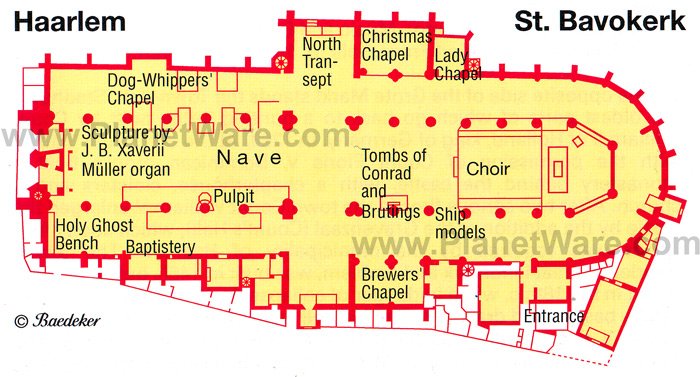
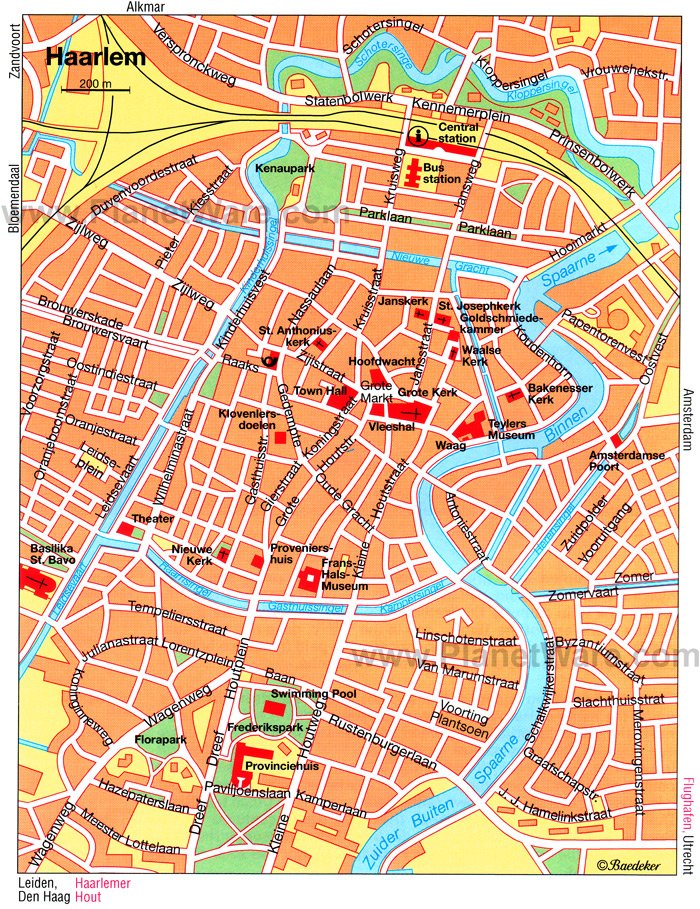
No comments:
Post a Comment